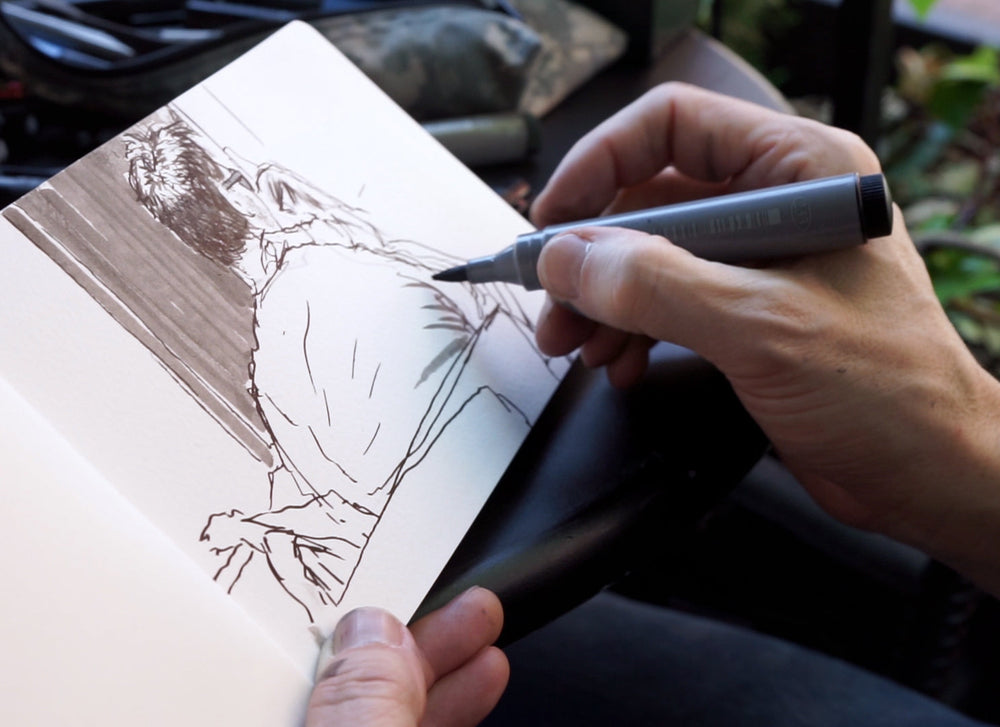
Welcome to 'Unleashing Your Artistic Talent: Mastering Watercolor Sketching.'
In this insightful article, we will explore the world of watercolor sketching and delve into the techniques that can help you create stunning artworks.
From choosing the right supplies to mastering pencil sketching and perfecting wash applications, this guide will equip you with the knowledge and skills to unleash your creativity.
Whether you're an experienced artist or a beginner, join us on this journey towards artistic freedom and discover the beauty of watercolor sketching.
Choosing the Right Watercolor Supplies
When embarking on your watercolor journey, it is essential to carefully select the appropriate watercolor supplies to ensure optimal artistic expression.
One of the most crucial considerations is choosing the right watercolor paper. Watercolor paper comes in various weights, textures, and finishes, each catering to different artistic styles and techniques.
For beginners, it is advisable to start with cold-pressed paper, as it strikes a balance between smoothness and absorbency, allowing for easy blending and layering of colors.
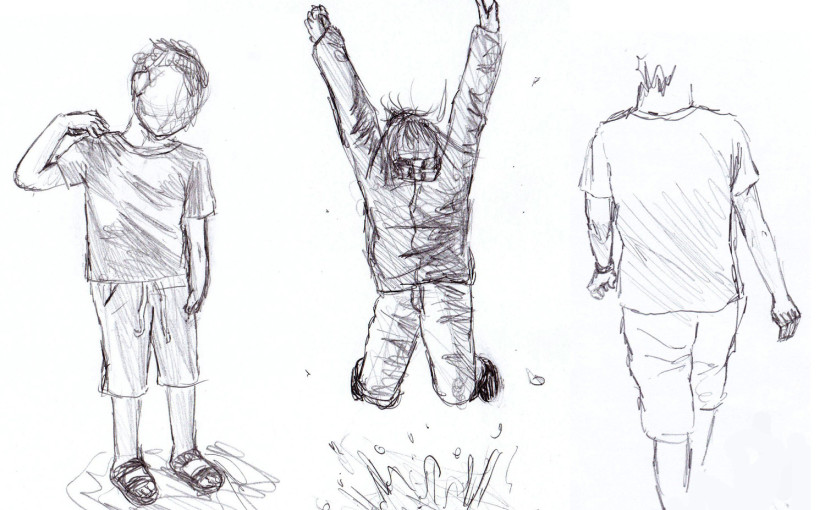
As you progress, you might want to experiment with rough or hot-pressed paper to explore different watercolor techniques and achieve unique effects.
It is also important to consider the size of the paper, depending on the scale of your artwork.
Ultimately, the choice of watercolor paper will greatly impact the overall outcome of your paintings, so take the time to explore and find the one that suits your artistic vision.
Mastering Pencil Sketching Techniques
To achieve a high level of proficiency in pencil sketching, it is crucial to master a range of techniques that encompass shading, hatching, cross-hatching, and stippling. These techniques allow artists to create depth, texture, and dimension in their pencil sketches.
Here are four key techniques to master:
Shading: This technique involves using different levels of pressure on the pencil to create varying tones. It is essential for creating realistic shadows and highlights in your sketches.
Hatching: Hatching involves drawing parallel lines to create value and texture. By varying the spacing and thickness of the lines, you can add depth and dimension to your sketches.
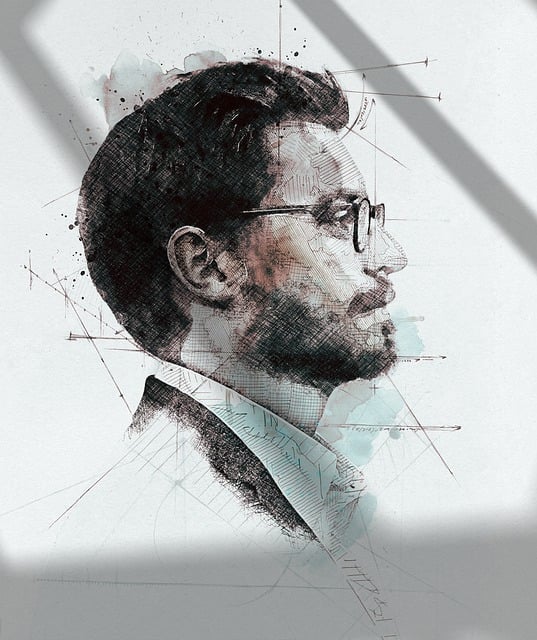
Cross-hatching: This technique builds upon hatching by adding additional sets of parallel lines in different directions. Cross-hatching creates more complex textures and shading effects.
Stippling: Stippling involves using small dots to create value and texture. By varying the density and spacing of the dots, you can create a wide range of effects, from smooth shading to intricate patterns.
Perfecting Flat Wash Applications
As artists strive to achieve mastery in watercolor sketching, they must focus on perfecting their flat wash applications in order to create smooth and even layers of color. Flat wash is a fundamental technique that involves applying a uniform layer of color to a large area.
To achieve a flawless flat wash, artists need to understand the importance of blending techniques and creating texture. Blending techniques involve seamlessly merging different colors together to create a harmonious and balanced composition. This can be achieved by gradually adding layers of color and using a soft brush to blend them together.
Creating texture within a flat wash can add depth and visual interest to the artwork. Artists can achieve this by using different brush strokes or experimenting with various application techniques.
Perfecting flat wash applications requires practice and experimentation, but it is a crucial step towards achieving mastery in watercolor sketching.
Achieving Beautiful Gradated Washes
With careful attention to technique and the right combination of colors, artists can create stunning and seamless gradated washes that bring depth and dimension to their watercolor sketches. Achieving beautiful gradated washes requires a mastery of blending techniques and the ability to create texture. Here are four key steps to help artists achieve these gorgeous effects:
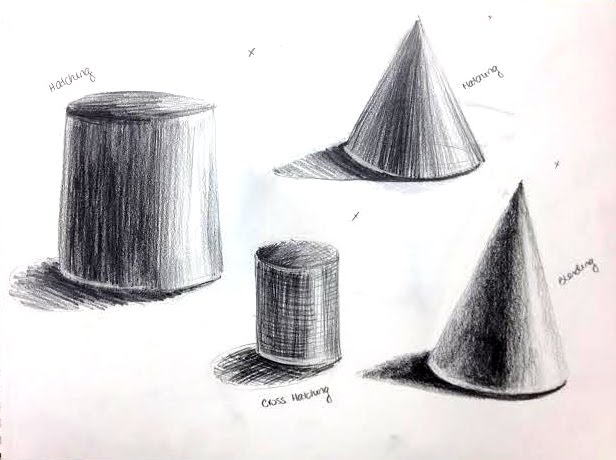
Start by wetting the paper evenly with clean water. This will allow the colors to blend smoothly and create a seamless transition from light to dark.
Load your brush with a diluted pigment and apply it to the wet paper. Gradually add more pigment to create darker shades as you move down the paper. Use a light touch to maintain the transparency of the watercolor.
Experiment with different brush strokes and techniques to create interesting textures within the wash. You can use dry brushing, splattering, or lifting techniques to add depth and visual interest.
Practice layering colors to create more complex gradations. By layering different hues, you can achieve a wide range of tones and create a sense of depth in your artwork.
Mastering Brush Strokes and Layering Techniques
By practicing precise brush strokes and experimenting with layering techniques, artists can elevate their watercolor sketches to new levels of depth and complexity. Understanding color theory is essential in mastering brush strokes and layering techniques. Artists should have a strong grasp of how different colors interact and complement each other to create harmonious compositions. By manipulating the intensity, value, and temperature of colors, artists can create dynamic and visually captivating brush strokes.
Layering techniques involve building up transparent washes of color to achieve a sense of depth and dimension in the artwork. Exploring different paper textures also plays a significant role in the outcome of brush strokes and layering techniques. Artists should experiment with rough, smooth, or textured papers to see how they affect the flow and absorbency of the watercolor paint.
Ultimately, mastering brush strokes and layering techniques allows artists to express their creativity freely and create stunning watercolor sketches.
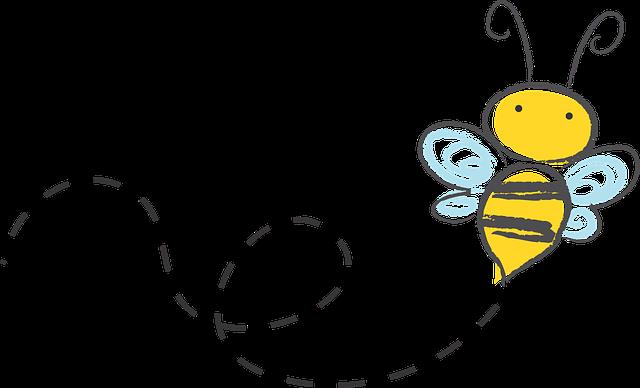
Frequently Asked Questions
Can I Use Regular Pencils for Pencil Sketching Techniques, or Do I Need to Invest in Special Artist-Grade Pencils?
When it comes to pencil sketching techniques, the choice between using regular pencils or investing in artist-grade pencils depends on the desired outcome. Regular pencils offer convenience and affordability, while artist-grade pencils provide higher quality and more nuanced effects.
How Long Does It Typically Take for a Flat Wash to Dry Completely?
The drying time of a flat wash in watercolor can vary depending on factors such as humidity and the thickness of the paint. However, there are alternative drying methods that can expedite the process while still achieving vibrant colors.
Are There Any Alternative Methods for Achieving Gradated Washes Without Using Traditional Watercolor Techniques?
Alternative methods for achieving gradated washes without using traditional watercolor techniques include using other mediums such as acrylics or gouache, experimenting with different tools like sponges or brushes with varying textures, and exploring unconventional application techniques like pouring or splattering.
Can You Provide Any Tips for Creating Texture and Dimension in Brush Strokes?
When seeking to enhance brush strokes in watercolor sketches, there are various tips and techniques to consider. Exploring different mark making tools can offer unique textures, contributing to the creation of texture and dimension in your artwork.
Are There Any Specific Layering Techniques That Work Best for Creating Depth and Dimension in Watercolor Sketches?
Layering techniques in watercolor sketching can be used to create depth and dimension. By applying multiple layers of transparent washes, artists can build up colors and values, allowing for a more realistic and three-dimensional representation in their artwork.
 Writing TipsCreative WritingJournalingSketching TechniquesBuying GuidesPrivacy PolicyTerms And Conditions
Writing TipsCreative WritingJournalingSketching TechniquesBuying GuidesPrivacy PolicyTerms And Conditions
